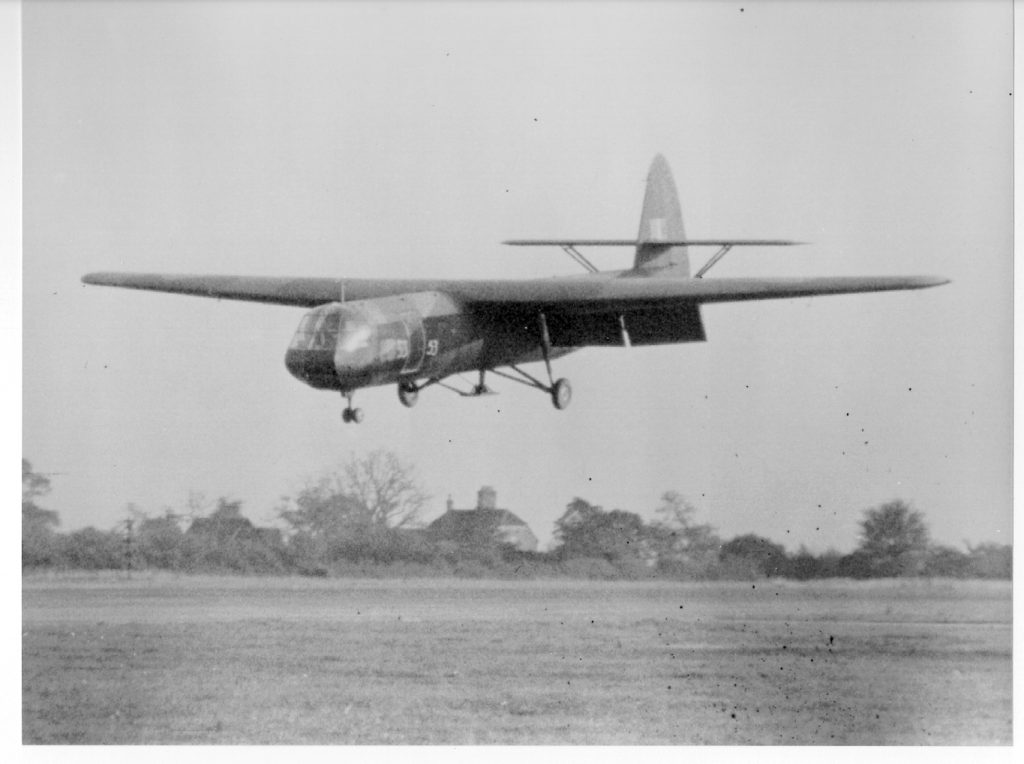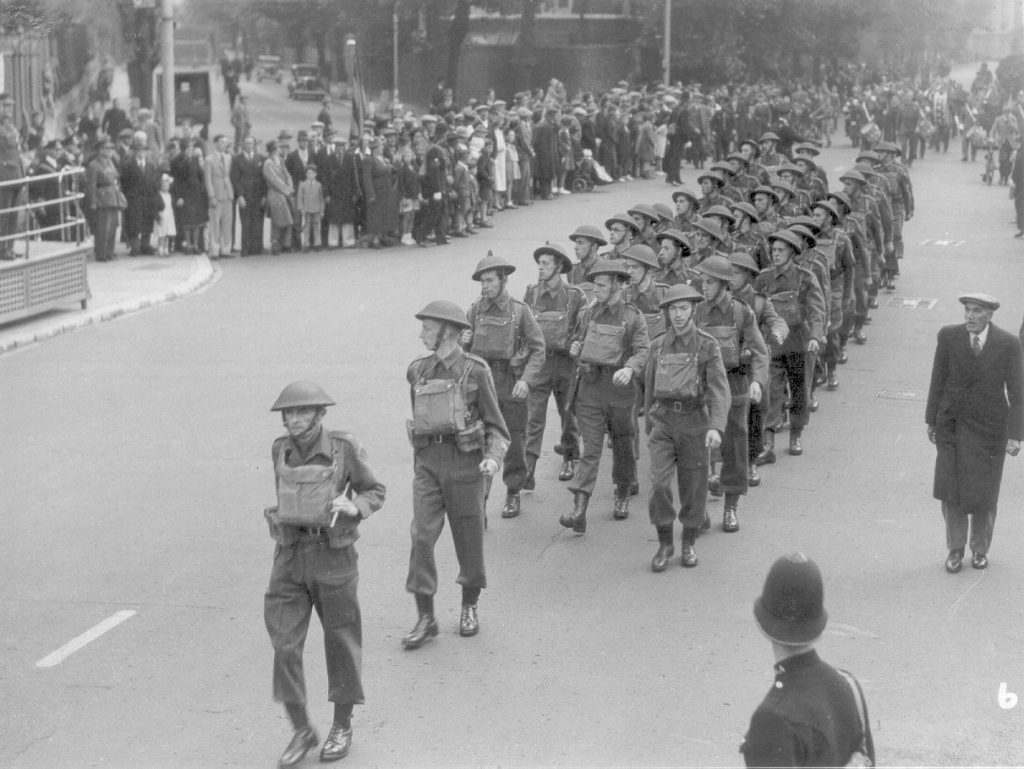On the night that Wyn’s house was destroyed, there was also bomb damage to the White and Newton factory just down the road. The damage was not serious and did not halt production, though it is believed that it was the same bombs that destroyed a whole terrace of adjacent houses in what was then called Artillery Terrace, running from Hester Road where the Artillery Arms are down to the caravan site which was at the top of Pleasant Road. Melrose Close is built on the site of the destroyed terrace and the old White & Newton factory.
Mr White was a successful businessman, part of the Bailey & Whites timber company which was big in Portsmouth. He retired from the timber company and at the time, he owned the land at the end of Dunbar Road so he built the factory on it along with 80 houses.
By comparison, Mr Newton came from a poor family and had an alcoholic father but he was a skilled maker of furniture.
Between them, they opened White & Newton making contemporary furniture in 1924 and grew the business to employ over 400 staff at its peak. Mr White was fascinated by machinery, so much so that on one occasion, he lost 2 fingers while fiddling with one of the machines in the factory – for its time, it was highly automated and quite high tech.
Their staple furniture was ‘limed oak’ wardrobes, bedroom sets, and the like and they were a very forward thinking company – for example, they had a 50:50 profit share whereby half of any profits went to the shareholders and the other half was shared between the workers.
A typical working week was 55 hours – the workers liked it because of the large amounts of overtime pay that were available and also, by employing fewer workers than perhaps they might have done, the share of the profits for each worker was bigger. Indeed, when unions requested that workers go on a national ‘go slow’ or work to rule, most workers at White & Newton tore up their union cards and made a big thing of it by throwing the torn-up cards in the large boiler at the factory.
During the war,like many other factories that had skills and machinery working with wood, White and Newton became a subcontractor to Airspeed and operated under their direction, producing parts for Horsa gliders and Oxford Trainers (a twin engine monoplane aircraft which saw widespread use during the war training Commonwealth aircrews in navigation, radio-operating, bombing and gunnery roles).

Over 3,600 Horsa gliders were built from 1941 onward, each able to carry 30 seated fully equipped troops or a jeep or an anti-tank gun and they were used in many different theatres of war including the unsuccessful attack on the German Heavy Water Plant at Rjukan in Norway and also, during the invasion of Sicily.
The Horsa was deployed in large numbers during the D-Day landings and subsequent Battle of Normandy; specifically in the British Operation Tonga and American operations. The first unit to land in France during the Battle of Normandy was a coup-de-main force, carried by six Horsas, that captured Pegasus Bridge in Operation Deadstick over the Caen canal and a further bridge over the River Orne. During the opening phase of the operation, 320 Horsas were used to perform the first lift, while a further 296 Horsas participated in the second lift. Large numbers of both American and British forces were deployed using the Horsa during the opening phase of the battle.
The Horsa was so successful, the Americans actually bought 400 of them for their own air force, as they were much more effective than the American ‘Hadrian’ which could only carry 13 troops.
The men at White & Newton formed the local ‘home guard’ which was attached to the Hampshire Regiment and they trained with the Hampshires, not just for the D-Day landings but also, so that they were ready to repel any German invasion, should it come to that. How the city had changed from that peaceful, pre-war idyll – where life was hard and people were poor, but generally happy with simple expectations.

After the war, White & Newton returned to furniture manufacture and did very well throughout the 50’s when the need to refurbish and rebuild was so high – but as ‘flat pack’ started to arrive and cheap labour in Asia made UK manufacture less and less competitive, White & Newton started to suffer, eventually closing its doors for the final time in 1982/83.
To continue the walk to St James’ Hospital (4a), click here